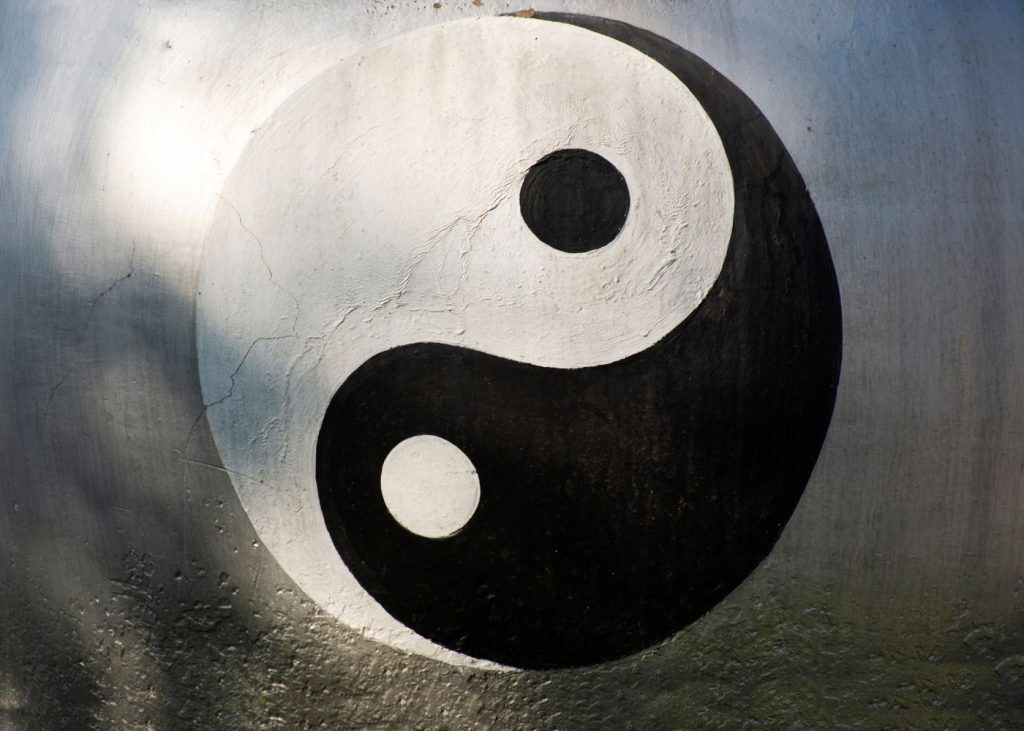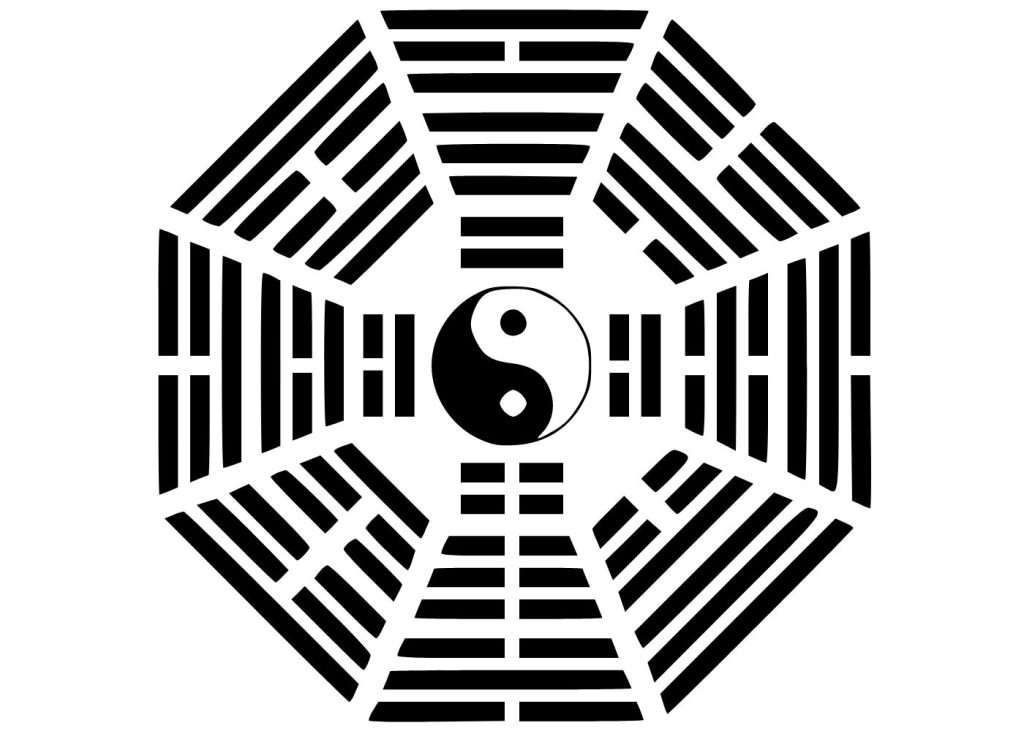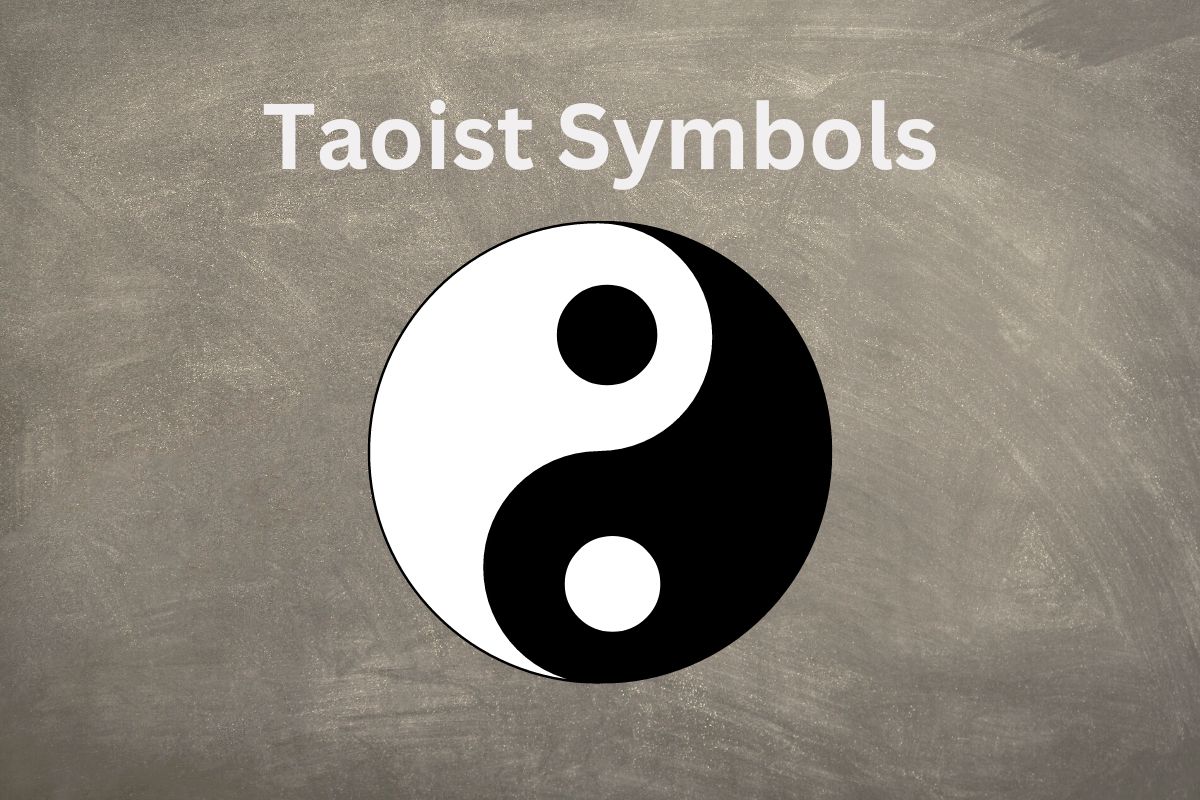Taoism, also called Daoism, is one of the oldest traditions and religions of China. The Yin-Yang sign is one of the most important and recognizable symbols in Taoism. It's a circle made up of two swirling sections - one black and one white. Other important symbols include the Luo Pan Compass, the Phoenix or Dragon, and the Ba-Gua.
It has an association with an ancient philosophical and political text called the DaodeJing (Tao Te Ching), by Laozi or Lao Tzu in the 3rd or 4th centuries B.C.E.
Taoist ideas have become popular across the globe through martial arts, Tai Chi, Chuan, and Qigong. Besides that, there are also numerous symbols that represent the beliefs, ideas, and customs of Taoism.
What Is The Best Symbol To Represent Taoism?
The most prominent and popular Taoist symbol is Yin-Yang. It is a circle divided into 2 swirling sections in which one is black, and the other is white. The symbol also consists of a smaller circle of the other color nestled inside every half.
The Yin-Yang is a part of another complex Taoist symbol known as the Taiji Tu, representing the Taoist cosmology.

What Does The Symbol Of Taoism Represent?
The Ying-Yang symbol has white and black shapes that represent the good as well as the bad. It also highlights a wide range of dual concepts, like masculinity and femininity, dark and light, and much more.
Although considered a stationary thing, people believe it remains in motion like a shifting fluid that dances between the two opposites.
The Taoist teachings are based on chi – the universal energy or life-giving force that comes from the exchange of the polar forces of yin and yang.
They consider the flow of chi as an essential element of the flow or continuity of life. It also offers prosperity, fortune, wealth, and health, while blocking negativity, sickness, conflict, or challenges.
Taoists also believe that the constant flow of chi guarantees the welfare of not only individuals but the world around them as well. Tao (the way) creates the origin as it generates the duality of yin and yang, good and evil, and light and shadow. Since every action leads to a counter-action, it is a natural movement.
Why Are The Yin-Yang And The Taijitu Symbols Important To Taoism?
The Taijitu Shuo is also called the Diagram of Supreme Polarity. It represents the entire Taoist Cosmology and is also similar to the Wu Ji Diagram in numerous ways.
The Taijitu Shuo symbol consists of a single circle at the top that represents wuji or undifferentiated timelessness. Below it is an ancient version of the Yin-Yang, which represents the movement into duality through the Yin Qi and Yang Qi.
The blending of Yin Qi with Yang Qi gives way to the Five Elements – fire, earth, metal, wood, and water. Most things present in the world come from these Five Elements.
Other Popular Symbols Of Taoism
Besides Yin-Yang and Taijitu Symbols, there are many other symbols popular in Taoism:
Luo Pan Compass
Luo Pan Compass is a complex tool used in Feng Shui that helps Taoists evaluate the spiritual energies of a specific place and learn how to use it to arrange or even rearrange their homes.
There are numerous versions of the Luo Pan Compass, although each is a circular disk that has a magnetic center and multiple rings around it containing numbers and a symbol or even the Taoist orientation system.

Phoenix Or Dragon
There are two mythological creatures that have a strong symbolism in the Taoist culture. They usually refer to them together since they consider them a version of the Yin and Yang. While the dragon signifies masculinity, the phoenix stands for femininity.
The two creatures have also been symbols of the emperors and empresses of China. The phoenix is a relatively newer symbol since earlier a dragon and a tiger or tigress represented masculinity and femininity, respectively.

Ba-Gua
The Ba-Gua, also called the Eight Trigrams, is a complex diagram that depicts a majority of Taoist teachings. It differs from most religious as well as spiritual symbols, which are much simpler.
The symbol consists of Supreme Yang, Lesser Yang, Supreme Yin, and Lesser Yin. Around the system of Yin Yang, there are 8 circles and complex trigrams, where each represents a different virtue like:
- Family/Past
- Knowledge/Spirituality
- Career
- Helpful People/Traveler/Father
- Children/Creativity/Future
- Relationships/Marriage/Mother
- Fame
- Wealth
Three lines accompany each circle or value, which gives it the name “the Eight Trigrams.” However, a few of them are broken, denoted by the Yin lines, while others are solid and represented by Yang lines. The complex symbol is among the fundamental aspects of Taoist teachings.

Nei Jing Tu
Nei Jing Tu is the representation of the transformation happening inside the body of alchemy practitioners.
The border on the right side of the symbol represents the skull and spinal column. It depicts the scenes at different levels along the spine, which reflect alchemical changes that occur within the fields of the chakras. In Taoist yoga, the space in front of the tailbone and sacrum is known as the Golden Urn.
The Hindu yoga traditions call it the home of Kundalini Shakti. It is an energy that is coiled at the base of the spine like a snake when dormant. When it awakens, the Kundalini initiates energetic transformations that are depicted in Nei Jing Tu.

What Are 5 Beliefs Of Taoism?
In Taoism, there are Five Precepts that form the basis of the code of ethics that lay practitioners undertake. There are also more advanced as well as stricter precepts for nuns and monks.
These Five Precepts are identical to Buddhism’s Five Precepts, although there are some minor differences in accordance with ancient Chinese society. The Taoist Canon or Zhengton daozang contains them.
Five Precepts
- No killing
- No stealing
- No sexual misconduct
- No false speech
- No consumption of intoxicants
Taoism, an ancient tradition of philosophy and religion, has its roots in Chinese customs. Important Taoist symbols are equally complex as well as multi-layered as the Chinese philosophy, requiring a thorough analysis and understanding of the principles and values of Taoism.
While many symbols are relatively unknown, some of them, like the Yin-Yang symbol, are famous across the world owing to their universal applicability.
If you found this article helpful, check out our post on the deep meaning of the Tomoe symbol.

